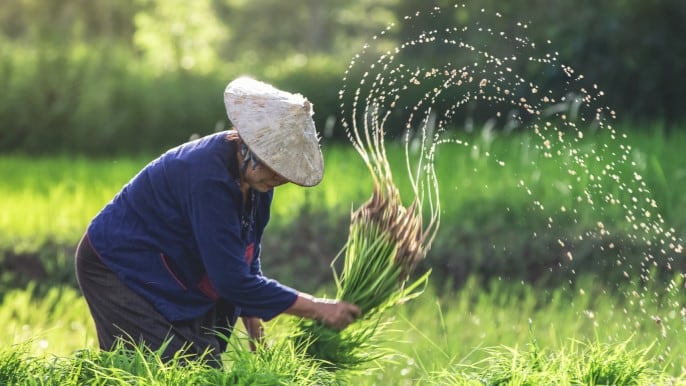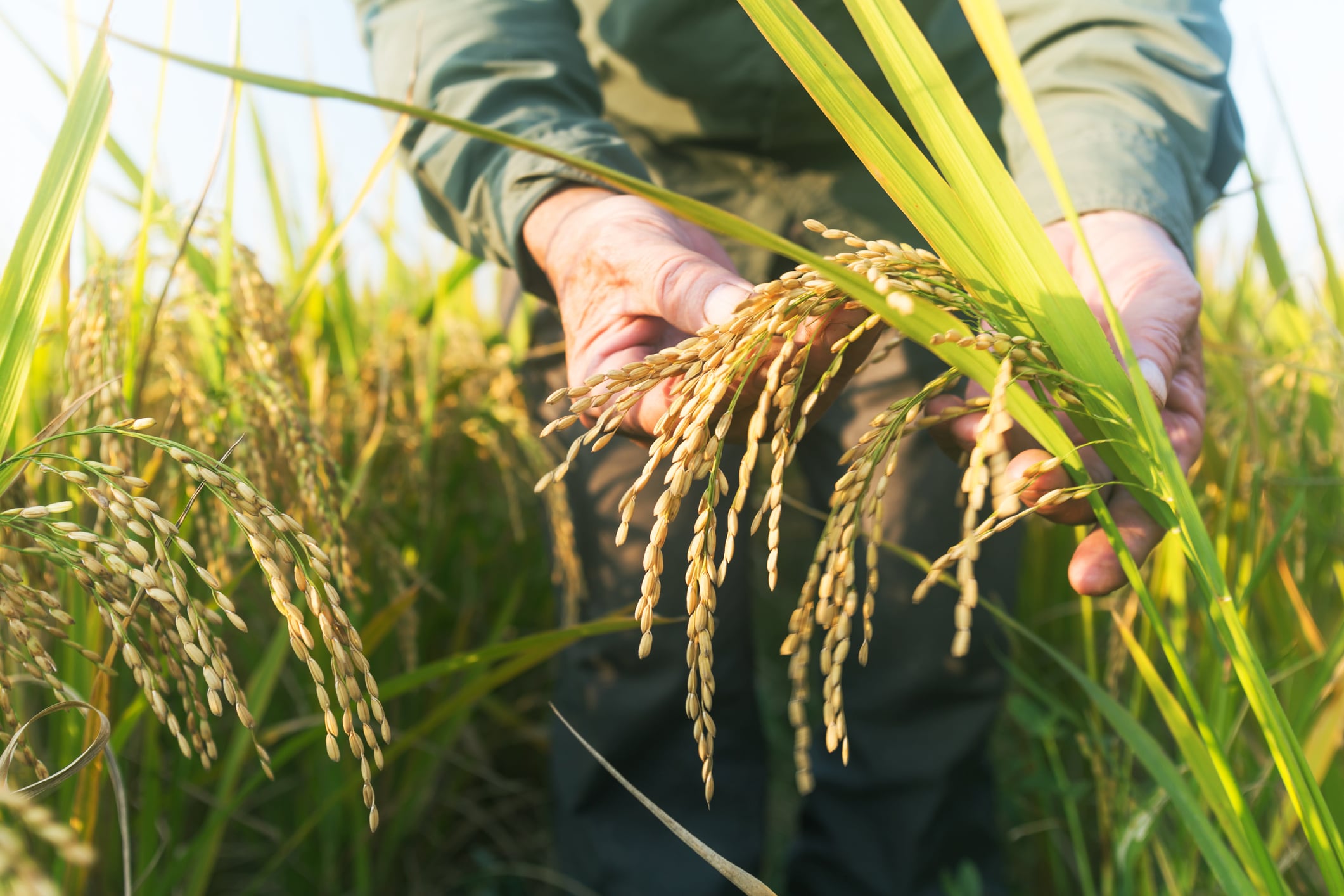The Long-Term Land Improvement Plan, announced on September 12, covers a five-year period from FY2025 to FY2029.
“The new plan sets out four policy priorities: strengthening the production base to improve productivity, ensuring stable supply of agricultural water and proper drainage, reinforcing agriculture and rural areas to respond to increasing disaster risks, and creating value and appeal in rural communities,” said Shinjirō Koizumi, Japan’s Minister of Agriculture, Forestry and Fisheries, during a press conference.
A major goal of the plan is to promote large-scale consolidation of farmland and labour-saving improvements to reduce costs, especially for rice paddy fields.
A key objective of the plan is to reduce labour costs for rice production by more than 60%.
This will involve large-scale consolidation of farmland and labour-saving infrastructure improvements in inaccessible mountainous regions.
“Regarding paddy field infrastructure, over the next five years, 90,000 hectares will be developed – more than double the previous scale – of which 60,000 hectares will be consolidated into plots of one hectare or more, quadrupling the previous scale. This will firmly support increased rice production in line with demand,” said Koizumi.
The plan also emphasises the promotion of smart agricultural solutions to improve productivity ensure Japan’s food security.
It highlighted that with the farming population expected to decline, essential management tasks such as water control and weeding are likely to remain a heavy burden on farmers.
By leveraging technology, the plan aims to support continuous agricultural production despite the rapid decline and ageing of the farming workforce.
At the same time, many farmland areas still lack the connectivity and infrastructure needed to support smart agriculture technologies.
To overcome these challenges, the plan stated the need to develop infrastructure to enable wider adoption of smart agriculture technologies.
The consolidation of farmland will further ensure technology can be introduced and implemented efficiently.
“To ensure these initiatives are implemented effectively, we will secure the necessary budget, strengthen project implementation systems, and push forward policies in a concentrated and planned manner,” Koizumi said.
An ageing farming community
This follows MAFF’s prefecture-level survey results on Japan’s farmlands, which revealed that 30% of farmland risk being left without farmers within the next decade, with some regions facing abandonment rates as high as 80%.
According to the survey, some 60,000 rice farmers quit farming every year.
Koizumi has repeatedly emphasised the severity of this issue.
“As I have often stated, if the decline in the number of farmers continues, promoting production according to demand and ensuring stable rice supply will make reducing production costs extremely important,” said Koizumi.





